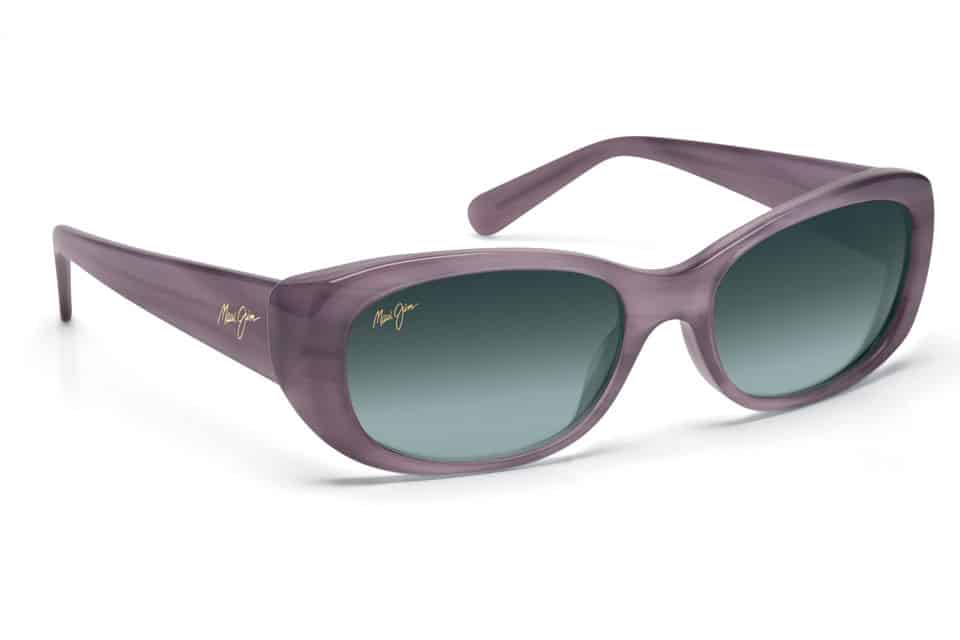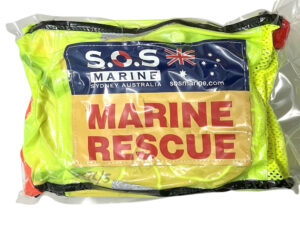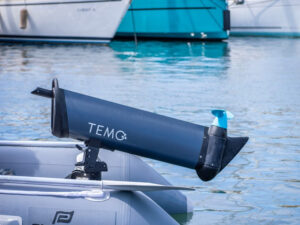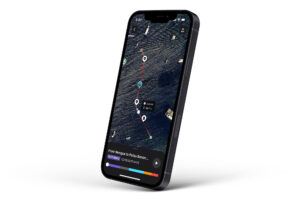
The Eyes Have It
Sunglass-seeking sailors ask a lot of questions, and optometrist Robert Child, O.D., has the answers.
Child knows eyes: A primary-care optometrist since 1978, he has a special interest in contact lenses and the treatment of eye trauma and disease.
He also knows boats: He fell in love with a Hobie Cat when he was a cash-strapped graduate, and he’s never looked back. He and his wife own Taviawk, a Lagoon 380 cat, and they’ve also chartered extensively.
And Child knows quite a bit about blue water: His sailing résumé includes crewing aboard BG Spirit in the 2004-2005 Global Challenge.
Child also realizes that marketing can go only so far toward helping us make the right choice, and that while any decent pair of sailing sunglasses is polarized and offers protection from ultraviolet rays, there’s more to it than that. That’s why I went to him with a list of questions when the newest models for the spring and summer of 2012 started rolling in.
Q: When it comes to sunglass lenses, how do plastics/polycarbonates and glass compare?
A: Traditional plastic (CR-39) has excellent optical qualities, is lighter than glass, and is readily tinted, but it scratches easily. Polycarbonate is a more dense plastic, so it can yield a thinner lens that’s virtually unbreakable. Its optical characteristics may not be as good because of chromatic aberrations. It does scratch easily and is more difficult to tint than CR-39. To compensate, makers today coat virtually all plastic-type lenses to make them resistant to scratches.
Glass has excellent optical characteristics and is quite scratch resistant, but it’s heavy. Especially significant for sailors, it’s not as impact resistant as the plastics, despite chemical tempering. It doesn’t accept a surface tint well, so manufacturers put the tint in the glass rather than on it.
When sunglass makers advertise that they’ve fused the best properties of plastic and glass, the material may be a newer type of plastic that’s the lightest available, is dense for thinner lenses, yet still has excellent optical quality, tints easily, absorbs 100 percent of ultraviolet rays, and is very strong, probably the best for drilling frame mounts.
Q: What does polarization mean? What does protection from ultraviolet rays mean? What’s the difference, and why are these factors important for sailors to consider?
A: Polarization filters visible light so we have less reflected glare and feel visually more comfortable, whereas protection from invisible ultraviolet light is important to keep our eyes safe from high-energy radiation. In polarization, a membrane blocks light reflected from a horizontal surface, such as water, sand, or snow. Fundamentally, ultraviolet protection is important to sailors because we’re in the sun a lot, and the high energy of ultraviolet radiation can cause damage to our skin and eyes. Children are subject to the same hazards as adults and should have their eyes protected as well.
Q: How much does lens color matter?
A: The color of a lens is often one of personal preference. Gray is considered a neutral density filter that preserves all colors, just toning down the brightness, whereas the ambers, greens, and roses will filter certain wavelengths of light, causing others to appear brighter. Light amber or yellow lenses improve contrast in dim light.
Q: Do you think prescription-sunglass versions are worth the investment?
A: If a person wears glasses for driving, it’s definitely beneficial to have a prescription sunglass to allow for better sighting of navigational marks. Offshore, personal preference would dictate. Most sailors in the over-40 crowd like to leave a pair of reading glasses at the nav station, and if there’s a significant distance and near correction, then a prescription multifocal would be appropriate. Certain higher powers of prescription lenses aren’t available in wraparound styles because of the peripheral distortions that may be generated.
Q: What about combining contact lenses and a pair of glasses that you won’t be devastated to lose overboard?
A: Absolutely. Some contact lenses have an ultraviolet radiation blocker for added eye protection, but because the contact lens rests primarily on the cornea, it’s still necessary to wear ultraviolet-absorbing sunglasses to protect those structures around the eye itself.
Q: Let’s talk about fit. What’s important here?
A: Any sunglass frame should fit as well as prescription spectacles for maximum comfort. Temples should follow the contour of the head and not form a 90-degree angle behind the ears. Plastic frames tend to slip when in contact with skin oils and sweat, so makers often incorporate a rubber/silicone nose pad of some type. Most metal frames have nose pads, and they need to contour to the sides of the nose so that the frame fits fairly close. I’m a big fan of the pads that have siping, much like the soles of boat shoes. They really seem to stay put. Unisex styles can work quite well.
On the water, a larger frame style or wraparound style may be preferred for better protection from peripheral glare and protection of the more sensitive skin around the eyes.
Have more questions? Dr. Child will answer them.
Plus, take at peek at the models we checked out.








